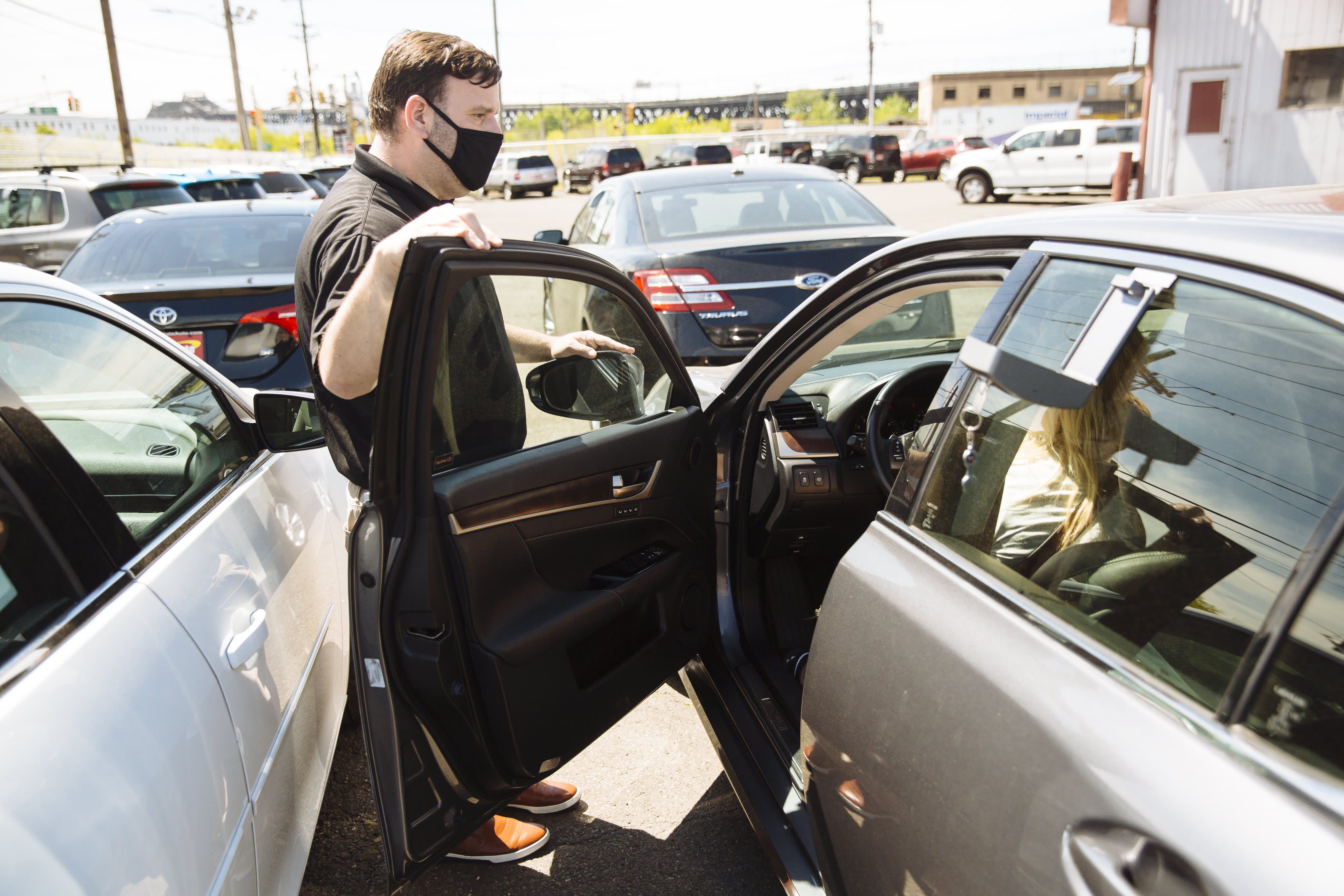When it comes to car shopping these days, sticker price may mean sticker shock.
New and used car prices continue to spurt higher amid strong demand and tight inventory. While a manufacturing slowdown has improved slightly, there won’t be a return to normal anytime soon for car buyers.
“The typical dealership experience that consumers are familiar with — walking dealer lots with rows and rows of cars, negotiating over price and getting many incentives — is not likely to return this year because there are 4.5 [million] to 5 million consumers on the sidelines waiting for cars,” said Tyson Jominy, head of data and analytics for J.D. Power.
More from Personal Finance:
Auto insurance expected to cost 5% more in 2022
How to insure your trip amid airline cancellations
Your best money moves before interest rates rise
“This pent-up demand will keep inventories low and prices high throughout most of 2022,” Jominy said.
An ongoing global shortage of microchips — key components needed for today’s autos to operate — that began in 2020 continues to slow down manufacturers’ production of new vehicles, which has translated into demand outpacing supply.
“It’s slightly better in the sense that there is no more drop-off of inventory — it’s not getting any worse,” said Ivan Drury, senior manager of insights for Edmunds.com. “But we’re still talking many months out until it starts looking more normal.”
The average transaction price for a new car is now higher than the manufacturer’s suggested retail price, or MSRP: $45,872 versus $45,209, according to the most recent data from Edmunds.
An estimated 89% of shoppers are paying more than sticker price or within 5% of it, Jominy said.
Part of the reason for record transaction prices is that automakers have slashed their discounts because, generally speaking, they don’t need to offer big incentives to sell cars right now.
In other words, new cars aren’t hanging around long once they arrive on a dealer lot: In December, an estimated 57% of cars sold within 10 days of delivery, according to J.D. Power. The average time, overall, for a new car to sell from the lot is 17 days, a record low and down from 49 days a year ago.
Demand also has spilled into the used-car market, where buyers are paying an average $29,011, up 27.9% from a year ago, Edmunds’ data shows. That ranges from an average $14,124 for 9-year-old cars to $30,334 for a 3-year-old vehicle.
One bright spot, Drury said, is that the demand for used cars has pushed trade-in values well above normal.
“Shop that trade-in,” he said. “Don’t go off old assumptions about mileage or depreciation, because all that stuff is out the door.”
And while you should be prepared for there being little wiggle room on the price of the car, you may be able to negotiate on the value assigned to your trade-in.
Additionally, interest rates are generally low right now.
“You can still get money cheap,” Drury said, adding that there are still some 0% or 0.9% financing deals available, depending on the make and model you’re looking at. Otherwise, the average interest rate for a new-car loan is under 4%, according to Bankrate.
If you have flexibility in the timing of your purchase and are not finding what you want on dealer lots, it may be worth ordering your car.
“While it may take four to eight weeks for the vehicle to arrive, it will be built to your exact specifications, such as a trim and color,” Jominy said. “And now some automakers will offer incentives to pre-order that aren’t available to consumers buying what’s in stock.”
